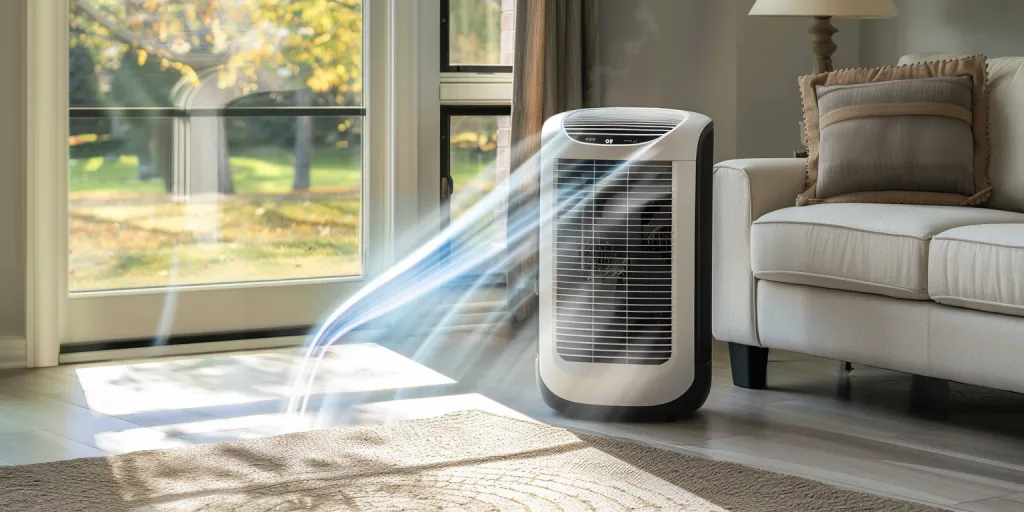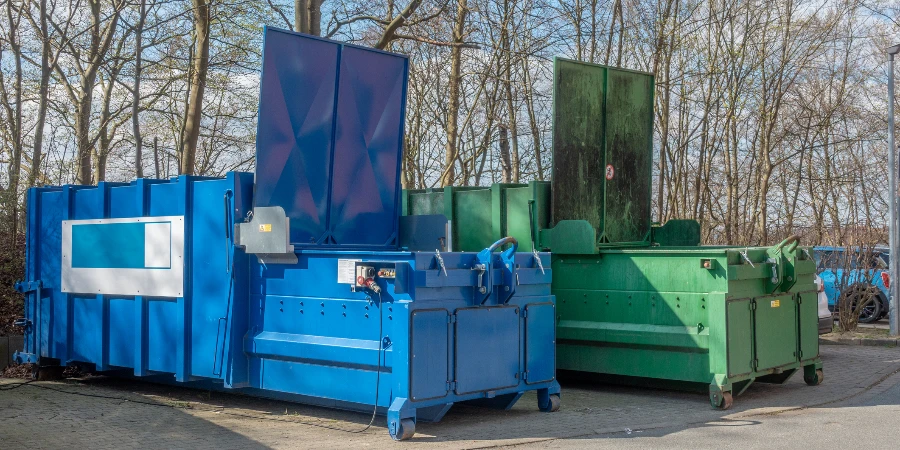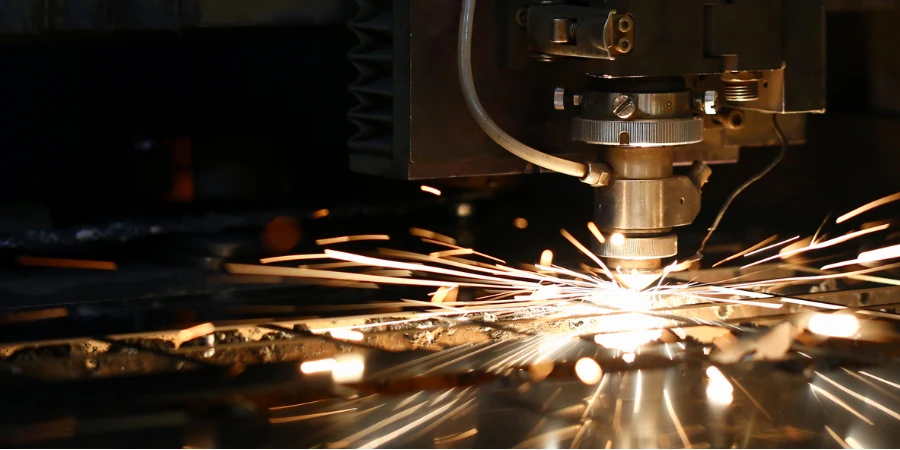In the midst of rising temperatures and the quest for comfort, portable air conditioners have emerged as a beacon of relief for many. Unlike their fixed counterparts, these mobile marvels offer the flexibility to move from room to room, providing targeted cooling wherever it’s needed most. This article aims to unpack the key aspects that make portable air conditioners a worthy consideration for those seeking a blend of convenience and efficiency. From understanding how they operate to choosing the right unit for your space, we’ll explore the facets that matter most to users.
Table of Contents:
– Understanding how portable air conditioners work
– Key features to look for
– Energy efficiency and environmental impact
– How to choose the right size
– Maintenance and care tips
Understanding how portable air conditioners work

Portable air conditioners work by drawing in warm air from the room, cooling it by passing it over a refrigerant-cooled coil, and then recirculating the cooled air back into the room. The heat absorbed from the air is expelled outside through an exhaust hose that is typically vented through a window. This process not only lowers the temperature but also reduces humidity, enhancing comfort during hot and muggy seasons.
The convenience of portability means these units can be moved to where they are needed most, making them an ideal solution for homes without central air conditioning or for cooling specific areas like home offices or bedrooms overnight. However, it’s important to ensure that the exhaust hose is properly installed to prevent warm air from re-entering the room, which can reduce the unit’s efficiency.
Another aspect to consider is the noise level. While advances have been made to reduce the operational noise of portable air conditioners, they can still be noticeable, especially in quieter environments. It’s worth checking the decibel (dB) rating to gauge how loud a unit is likely to be, keeping in mind that a difference of just a few dB can significantly impact perceived loudness.
Key features to look for
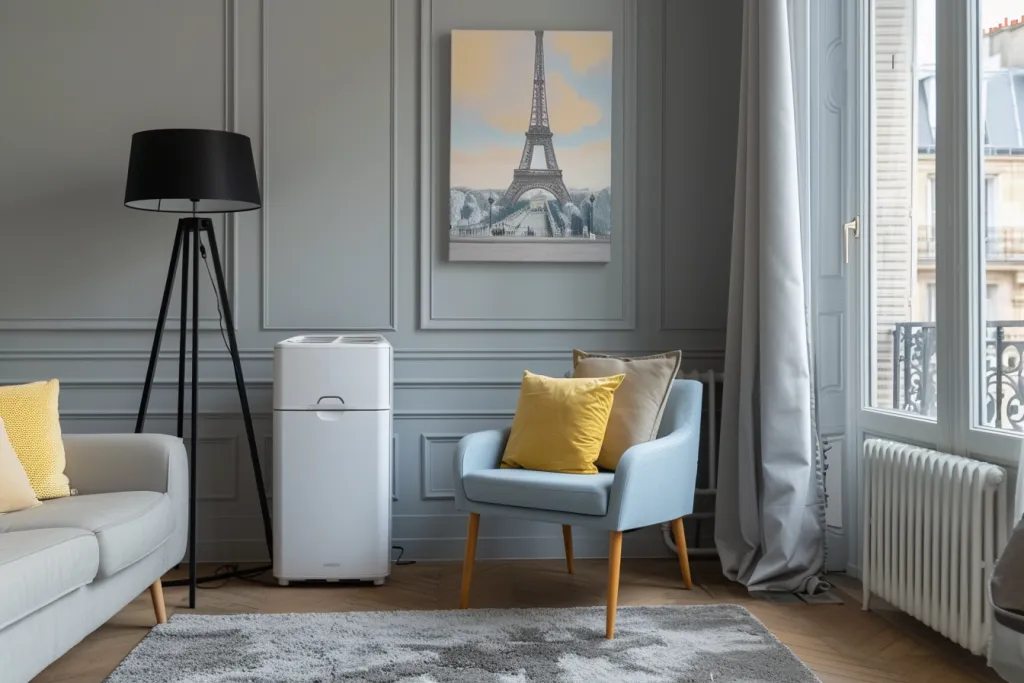
When shopping for a portable air conditioner, several features stand out as particularly desirable. Firstly, the cooling capacity, measured in BTUs (British Thermal Units), determines how effectively a unit can cool a given area. It’s crucial to choose a model with the appropriate BTU rating for your space to ensure efficient cooling.
Secondly, the presence of a built-in dehumidifier can greatly enhance comfort during humid months. By removing excess moisture from the air, these units can prevent the stickiness associated with high humidity levels, making the air feel cooler and more comfortable.
Lastly, programmable timers and remote controls add a layer of convenience, allowing users to set the unit to turn on or off at specific times, or to adjust settings without needing to physically interact with the unit. This can be particularly useful for cooling a room before you return home or for maintaining a comfortable temperature overnight without leaving the unit running continuously.
Energy efficiency and environmental impact
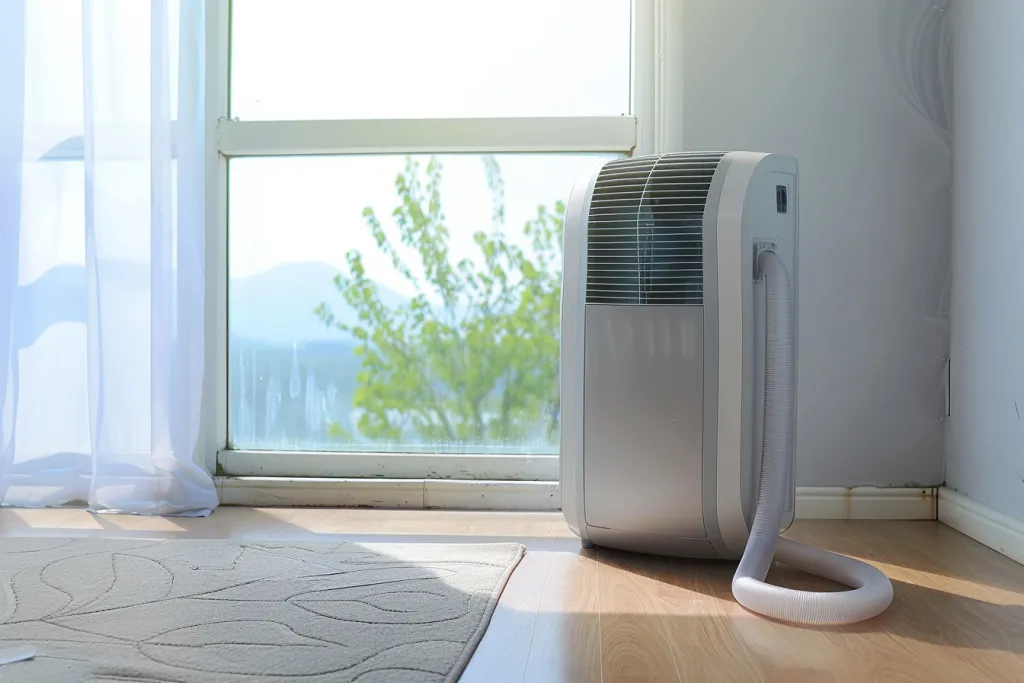
In today’s climate-conscious world, the energy efficiency of portable air conditioners is a significant consideration. Models with a higher Energy Efficiency Ratio (EER) consume less power to achieve the same cooling effect, translating into lower electricity bills and a reduced environmental footprint. Look for units with an EER of 10 or higher for the best balance of cooling performance and energy consumption.
Moreover, the refrigerant used in portable air conditioners can have environmental implications. Recent years have seen a shift towards refrigerants with lower Global Warming Potential (GWP), reducing the impact on climate change. Opting for models that use eco-friendly refrigerants like R32 or R290 can contribute to a more sustainable approach to cooling.
How to choose the right size
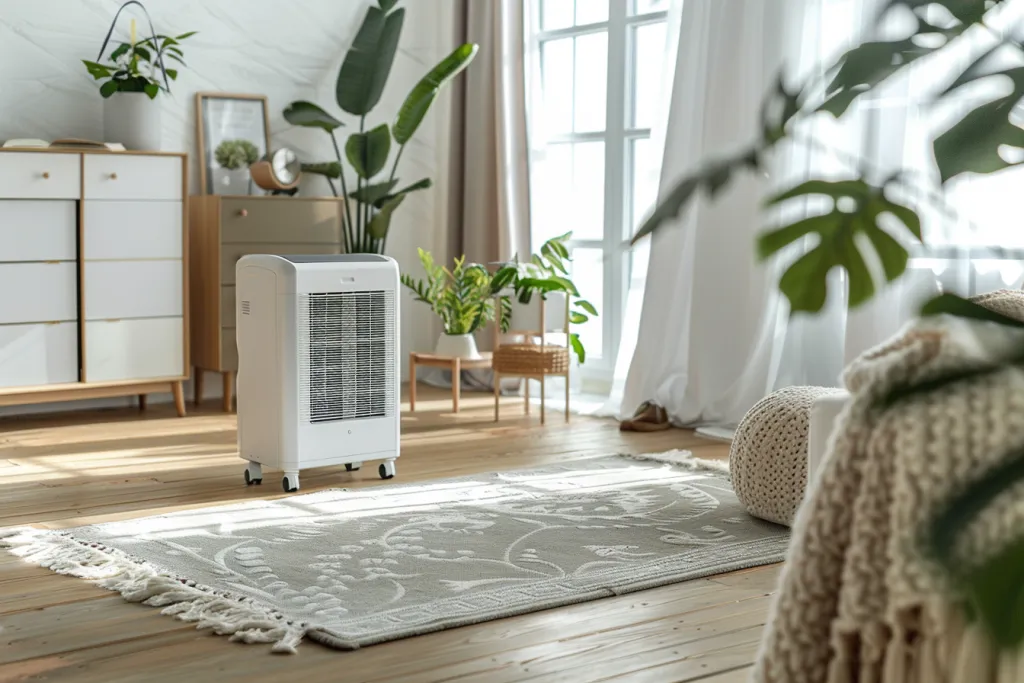
Choosing the right size for a portable air conditioner is crucial for achieving optimal cooling efficiency. A unit that’s too small will struggle to cool the space effectively, while one that’s too large can consume unnecessary energy and may not properly dehumidify the air, leaving the room feeling damp.
The general rule of thumb is to allocate 20 BTUs per square foot of living space. However, factors such as ceiling height, room insulation, and sun exposure can influence the required BTU rating. Rooms with high ceilings, poor insulation, or significant sun exposure may require a unit with a higher BTU rating to cool effectively.
Maintenance and care tips
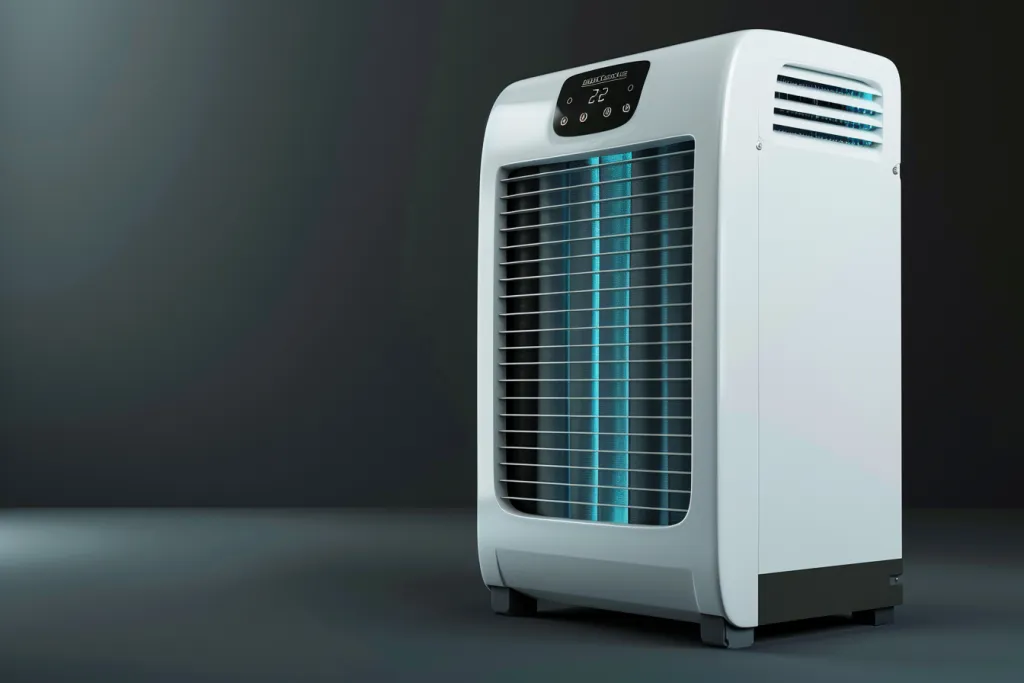
To ensure your portable air conditioner continues to operate efficiently, regular maintenance is essential. This includes cleaning or replacing the air filter to prevent dust and debris from clogging the unit, which can reduce cooling efficiency and air quality. Most units have washable filters that should be cleaned every two weeks during periods of heavy use.
Additionally, the water collected by the built-in dehumidifier needs to be emptied regularly. Some models come with a continuous drainage option, which can be convenient for high-humidity environments by eliminating the need for manual emptying.
Finally, storing the unit properly when not in use can extend its lifespan. Clean the unit thoroughly, ensure it’s dry, and cover it to protect against dust. Store in a cool, dry place to prevent any potential damage.
Conclusion
Portable air conditioners offer a versatile and efficient solution for cooling spaces without the need for permanent installation. By understanding how they work, what features to look for, and how to choose the right size, you can find a unit that meets your cooling needs while also being energy-efficient and environmentally friendly. Regular maintenance and care will ensure your portable air conditioner provides comfort for many summers to come.
